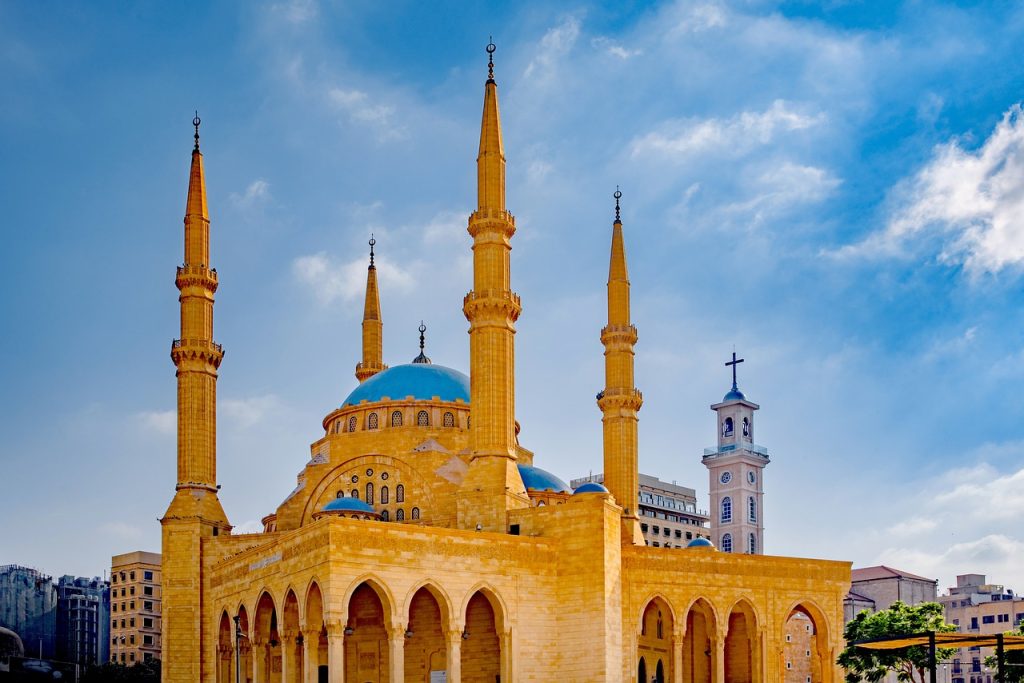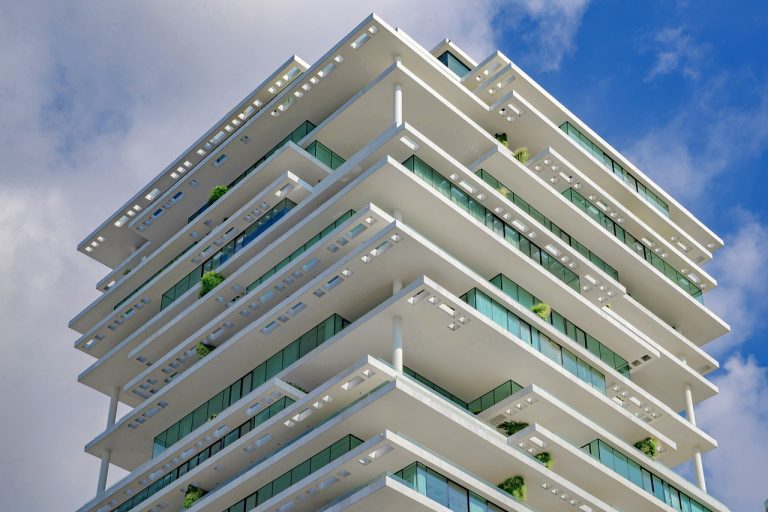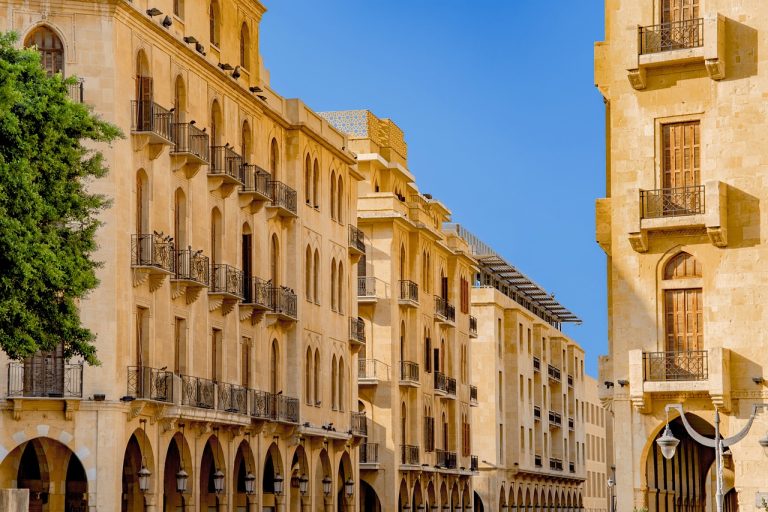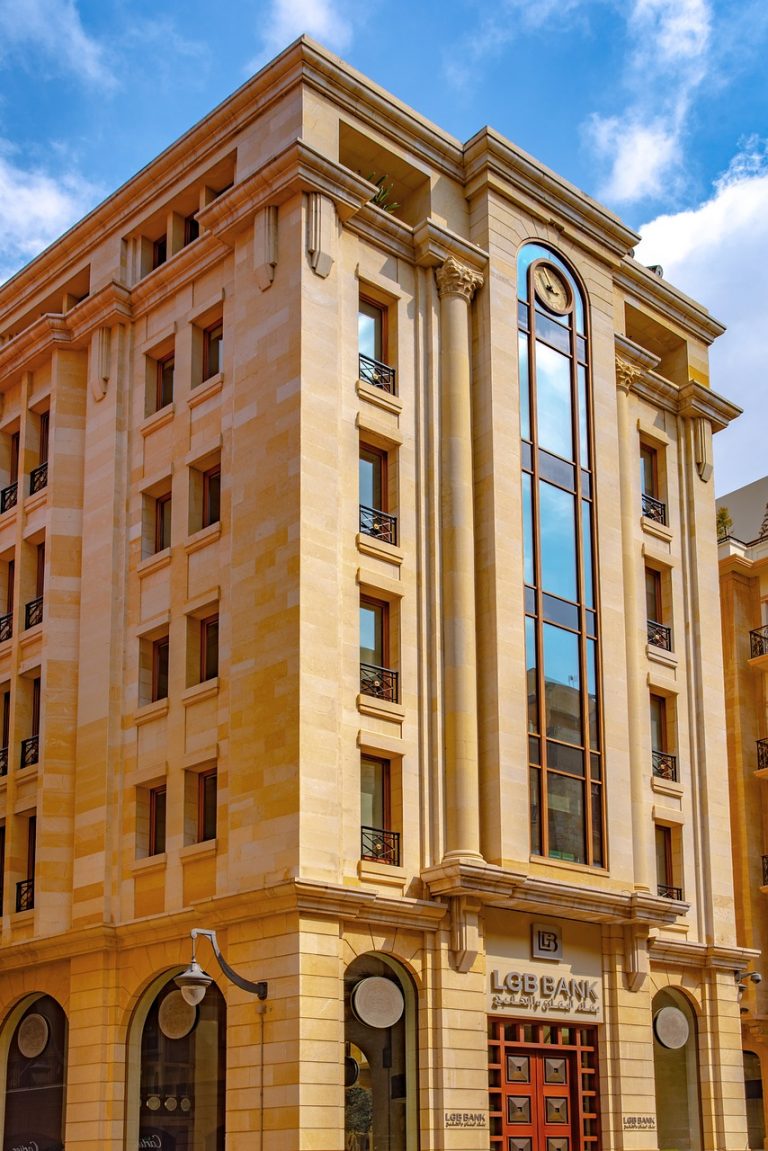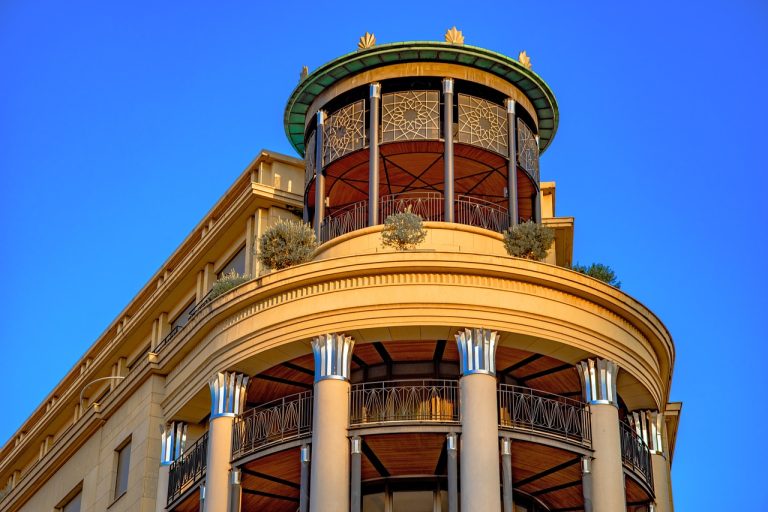Beirut Lebanon Video
The Cultural Evolution of Beirut Lebanon
Beirut, the capital city of Lebanon, has a rich and diverse cultural history that has evolved over centuries. From its ancient roots to its modern-day vibrancy, Beirut has been shaped by various civilizations, wars, and cultural influences. This article delves into the cultural evolution of Beirut, highlighting its unique heritage and the factors that have contributed to its cultural richness.
Ancient Roots
- Phoenician Civilization: Beirut traces its origins back to the Phoenician era, when it was known as Berytus. The Phoenicians were renowned traders and seafarers, establishing Beirut as a vital port city.
- Roman Influence: During the Roman period, Beirut flourished as a significant commercial and intellectual center. It was a thriving city with renowned schools of law and philosophy.
- Byzantine Era: After the fall of the Roman Empire, Beirut came under Byzantine rule. This period witnessed the construction of several churches and the spread of Christianity.
The Phoenician civilization brought significant cultural and economic prosperity to Beirut. Their maritime expertise and trade networks connected the city with various Mediterranean civilizations, leading to the exchange of ideas, languages, and cultural practices.
The Roman influence left a lasting impact on Beirut’s cultural fabric, as evidenced by the Roman ruins scattered throughout the city. These ancient structures, such as the Roman Baths, showcase the architectural brilliance of the Roman era.
The Byzantine era contributed to the development of religious art and architecture in Beirut, with stunning mosaics and frescoes adorning many of the city’s churches.
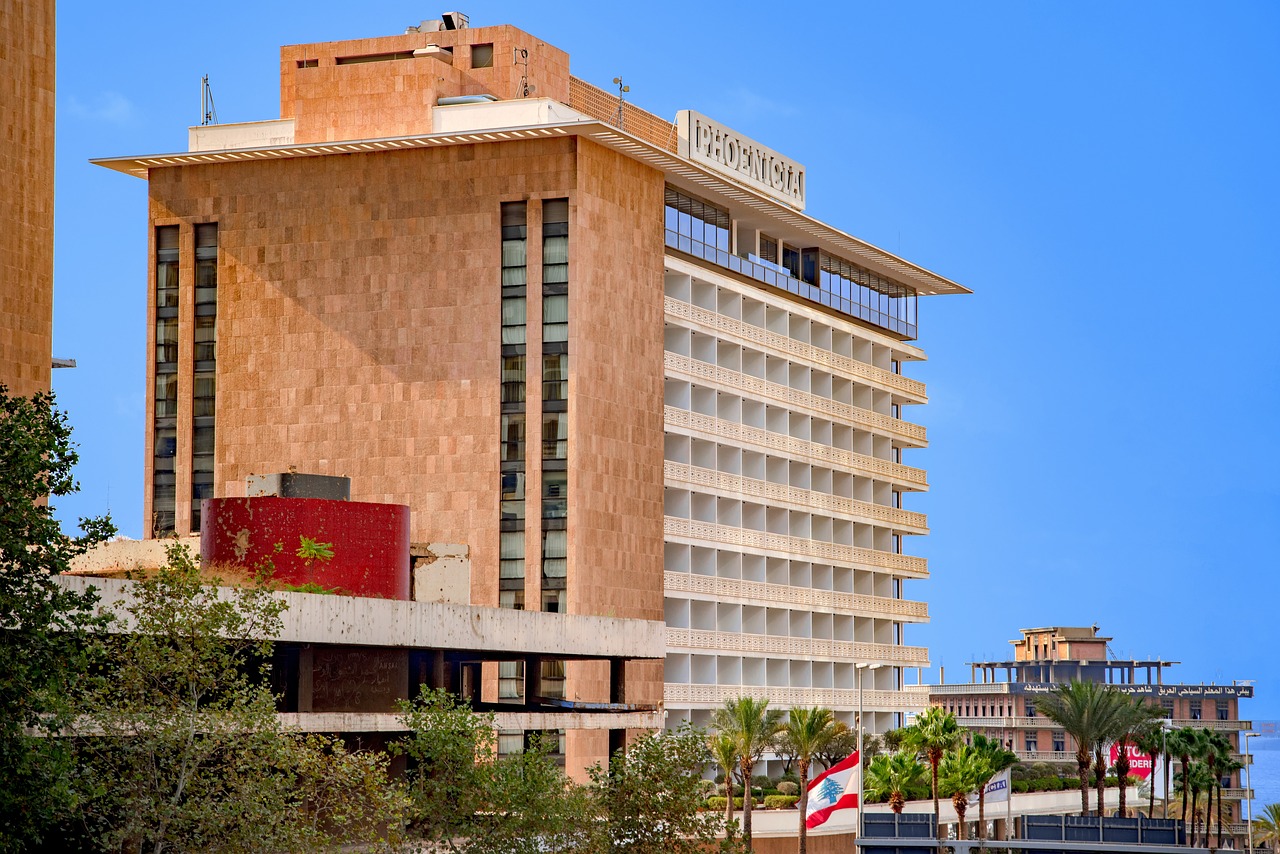
Medieval and Ottoman Influences
- Arab Conquest: In the 7th century, Beirut was conquered by the Arab Umayyad Caliphate. The Arab conquest brought Islam to the region and influenced Beirut’s cultural landscape.
- Crusader Period: During the Crusades, Beirut was a significant stronghold for the Christian Crusaders. The Crusader era left its mark on the city’s architecture, with structures like the Saint George Maronite Cathedral showcasing Gothic influences.
- Ottoman Rule: From the 16th century until the end of World War I, Beirut was under Ottoman rule. This period witnessed the blending of Ottoman and Levantine cultures.
The Arab conquest led to the construction of mosques and the introduction of Islamic architecture in Beirut. The Al-Omari Mosque, built during this period, stands as a testament to the city’s Islamic heritage.
The Crusader presence also brought cultural exchanges between the Eastern and Western worlds, influencing Beirut’s artistic traditions and culinary practices.
The Ottoman influence is evident in Beirut’s traditional Ottoman-style houses, hammams (bathhouses), and the Grand Serail, which served as the Ottoman administrative headquarters.
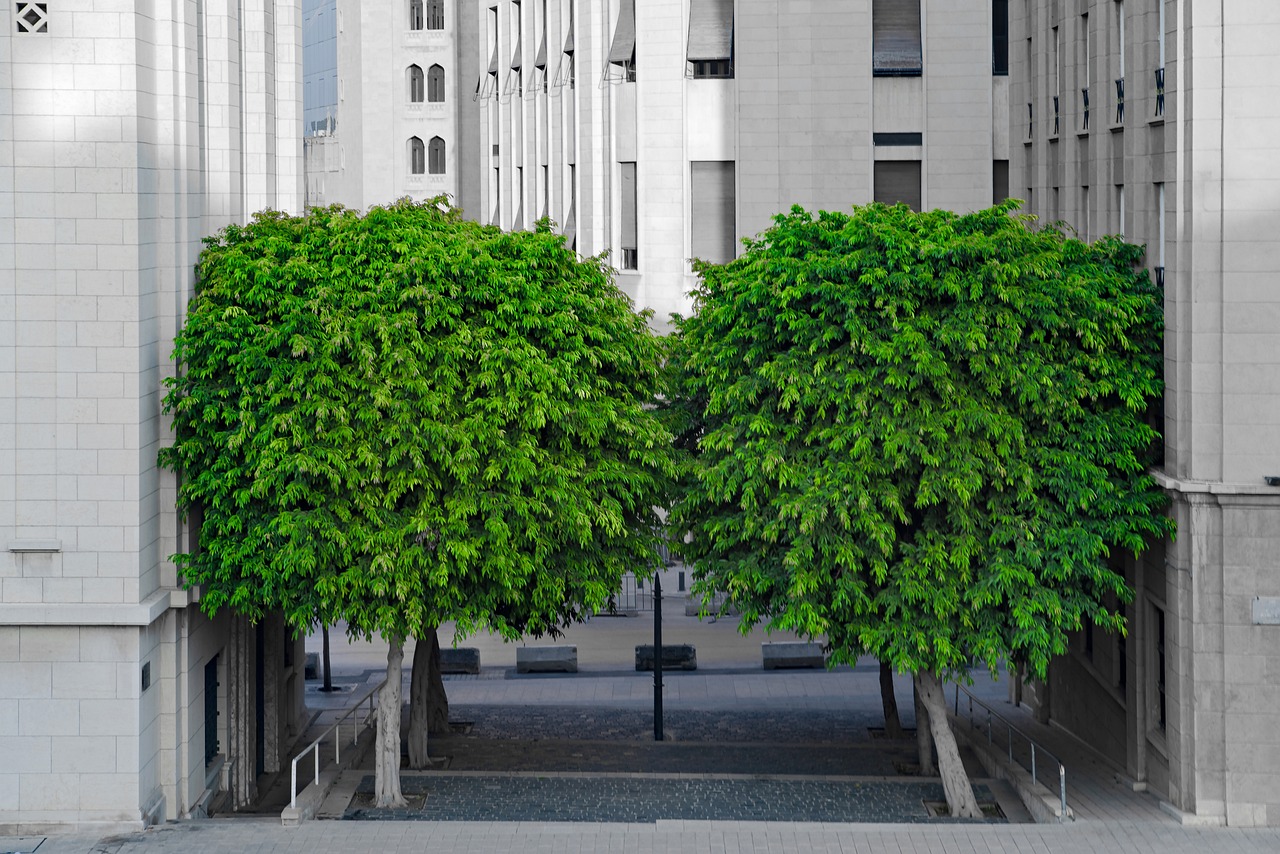
Modern Era
- French Mandate: After World War I, Lebanon came under French mandate, and Beirut became the capital of the new state. The French influence during this era is visible in the city’s architecture and urban planning.
- Lebanese Civil War: The Lebanese Civil War (1975-1990) had a profound impact on Beirut’s cultural evolution. The war resulted in significant destruction but also fostered a sense of resilience and creativity among the Lebanese people.
- Modern Cultural Renaissance: In recent years, Beirut has experienced a cultural renaissance, with a resurgence of artistic expression, fashion, design, and culinary innovation.
French architectural styles, such as Art Deco and Belle Époque, can be seen in buildings like the Lebanese Parliament and the Sursock Museum. Beirut’s wide boulevards and public spaces also reflect the French influence.
During this period, Beirut’s underground art scene thrived, with artists expressing their experiences and emotions through various mediums. The war also led to the emergence of a vibrant music and nightlife scene in the city.
The city has become a hub for contemporary art galleries, fashion boutiques, and trendy restaurants. Beirut’s cultural festivals, such as the Beirut Art Fair and Beirut Design Week, attract artists and creatives from around the world.
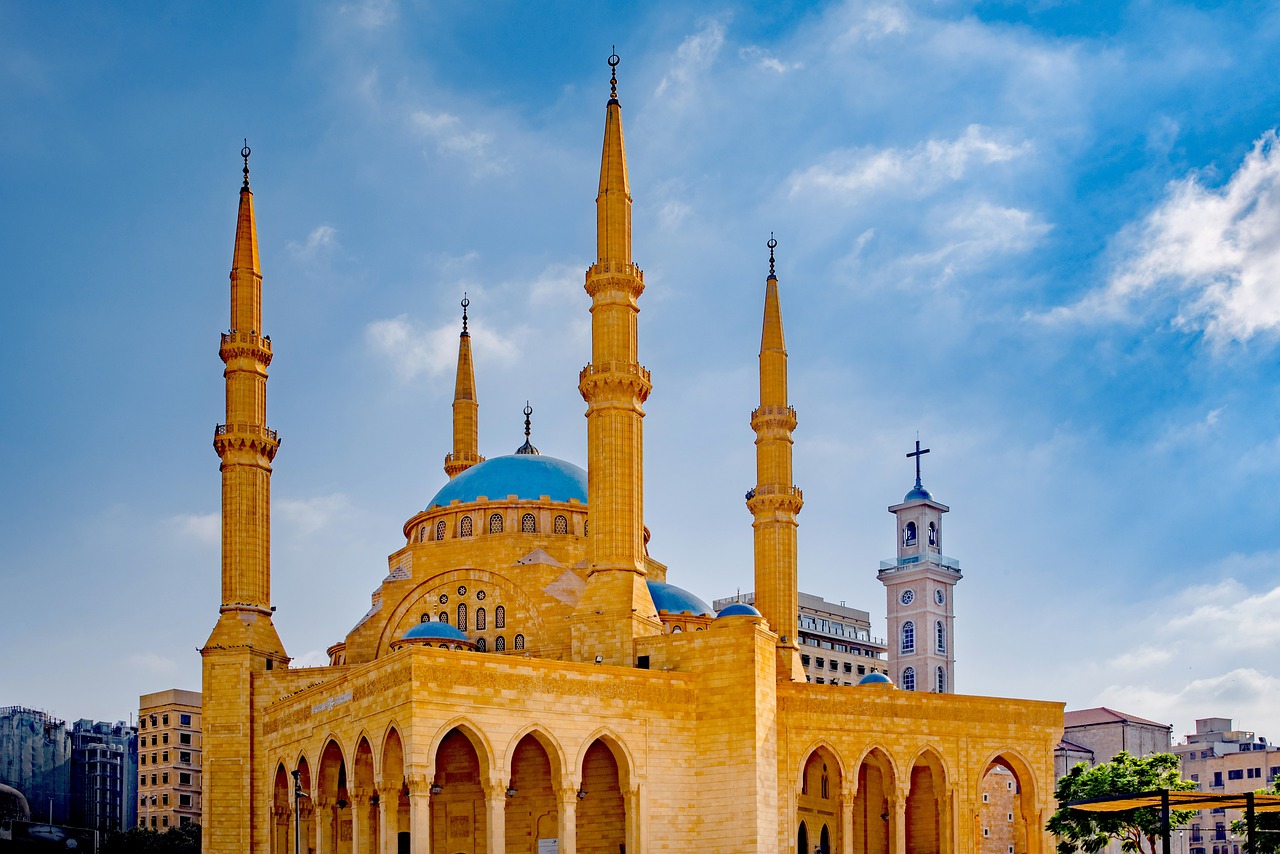
Conclusion
Beirut’s cultural evolution is a testament to its resilience and ability to adapt to changing times. From its ancient Phoenician roots to its modern-day vibrancy, the city has embraced diverse influences and created a unique cultural identity. Beirut’s rich heritage, architectural wonders, and thriving arts scene continue to attract visitors from all over the world, making it a truly captivating destination.
References
- cityloco.net
- lebanon.travel
- ourbeirut.com

